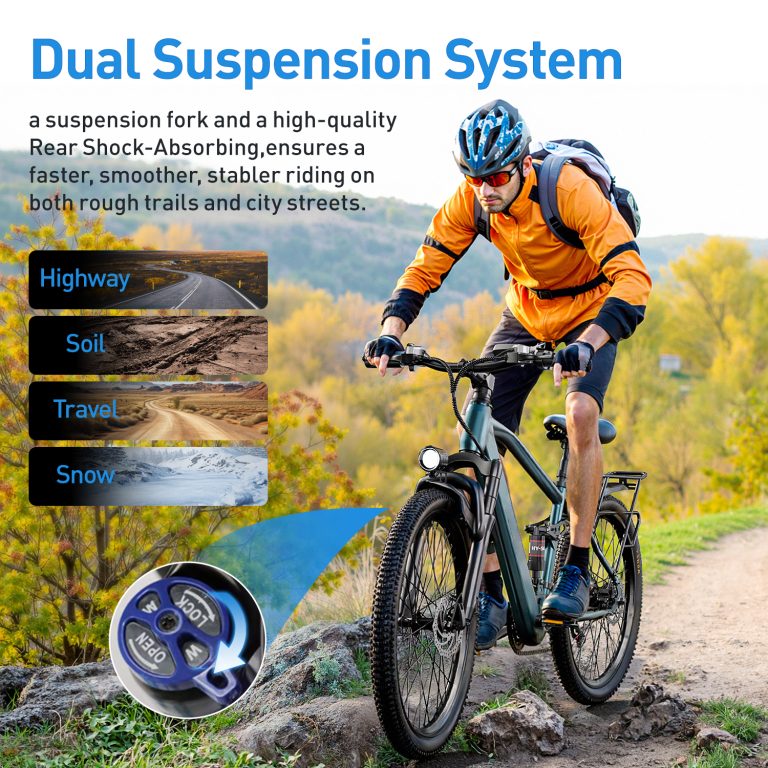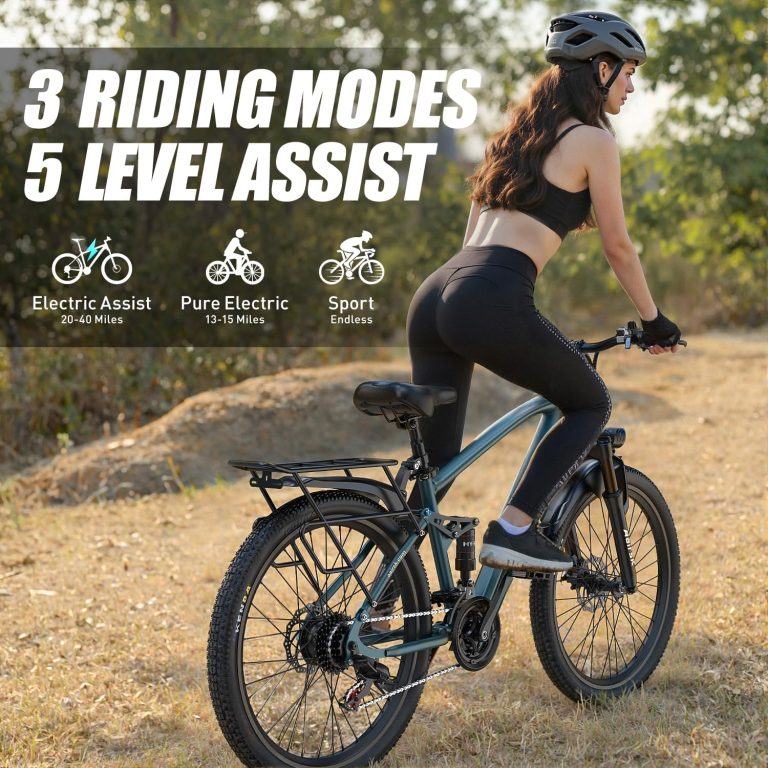The morning rush hour in 2025 looks very different from a decade ago. As traffic jams clog city centers and public transport grows crowded, more commuters are turning to electric bikes—and Aairsk is leading the charge. With advances in battery technology allowing ranges of over 100 miles per charge, the days of range anxiety are gone. Imagine commuting from Brooklyn to Manhattan for three straight days without plugging in your Aairsk e-bike—that’s the reality of 2025’s lithium-ion batteries, which boast energy densities between 150-250 Wh/kg .
But it’s not just about distance. Aairsk’s urban models, designed with lightweight aluminum frames and integrated batteries, cut through gridlock with ease. A recent study found that e-bike commuters in New York save an average of 47 minutes daily compared to subway riders, while avoiding the stress of packed carriages. For Sarah, a graphic designer in Chicago, her Aairsk Metro+ transformed her commute: “I used to hate driving to work, but now I arrive refreshed, having gotten some fresh air—and I’ve saved $800 a year on parking.”
Cost is another key factor. With rising fuel prices and public transport fares, Aairsk’s e-bikes offer a budget-friendly alternative. Maintenance costs? Minimal, thanks to sealed drivetrains and smart battery management systems that prevent overcharging. Plus, every mile ridden on an e-bike instead of a car reduces your carbon footprint by 400 grams of CO₂—equivalent to planting a tree every 550 miles .
As cities like Amsterdam remove 11,000 car parking spots to make way for bike lanes by 2025, the writing is on the wall: e-bikes are the future of urban mobility. And with Aairsk’s focus on durability and user-centric design, there’s never been a better time to join the revolution .





